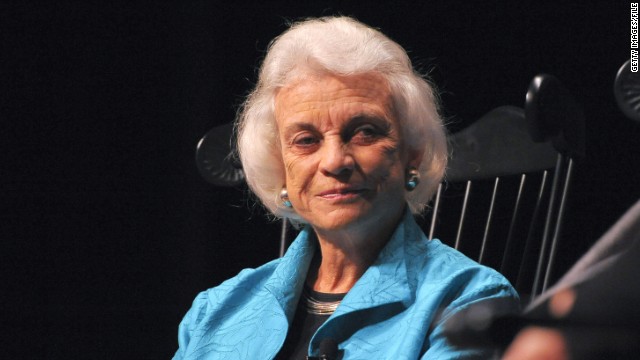

She’s an appeals court judge in Arizona.” Glancing at the list, Starr asked, “Who’s O’Connor?” Smith replied, “That’s Sandra O’Connor. As he left the meeting, Smith handed the slip to his counselor, Kenneth Starr. But I can’t believe there isn’t one.” Smith eliminated any wriggle room: “It is going to be a woman,” he said.Īlready, Smith had begun a list of potential justices, writing down five women’s names, in pencil, on the back of a telephone message slip that he kept on a corner of his desk. But when Smith confided to his aides that Justice Potter Stewart planned to step down, he also told them the president had said, “Now, if there are no qualified women, I understand. Their preferred candidate was the former Solicitor General Robert Bork. But on a half-dozen occasions in 20, she spoke to me about her remarkable ascendancy.Īt the Justice Department, the aides to Attorney General William French Smith had hoped that President Reagan wasn’t serious about his campaign promise to put a woman on the Supreme Court, at least not as his first appointment. Suffering from mild dementia at the age of 88, O’Connor, who retired from the court in 2006, no longer appears in public. “It’s good to be first,” she liked to say to her law clerks. She understood that she was being closely watched. When she graduated from Stanford Law School in 1952, established law firms were not hiring women lawyers, even if, like O’Connor, they had graduated near the top of their class. The law had been an especially male domain. By the 1980s, women had begun to break through gender barriers in the professions, but none had achieved such a position of eminence and public power.

Nearly 16 years before Madeleine Albright became the first female secretary of state, Sandra O’Connor entered the proverbial “room where it happens,” the oak-paneled conference room where the justices of the United States Supreme Court meet to rule on the law of the land. Tens of millions of people saw and heard a composed, radiant, hazel-eyed woman with a broad gap-toothed smile and large hands testify for three days before middle-aged men who seemed not quite sure whether to interrogate her or open the door for her. A new media institution-cable TV-carried the hearings live, a first for a judicial nomination. There were more requests for press credentials than there had been for the Senate Watergate Committee hearings in 1973. O’Connor’s confirmation hearings that September became a huge media event. The cover of Time magazine read, “Justice-At Last.”
#Sandra day o connor accomplishments tv#
In 1981, when Ronald Reagan nominated Sandra Day O’Connor to become the first female justice on the Supreme Court, the bulletin led every TV news broadcast and major newspaper in the country and many abroad.


 0 kommentar(er)
0 kommentar(er)
